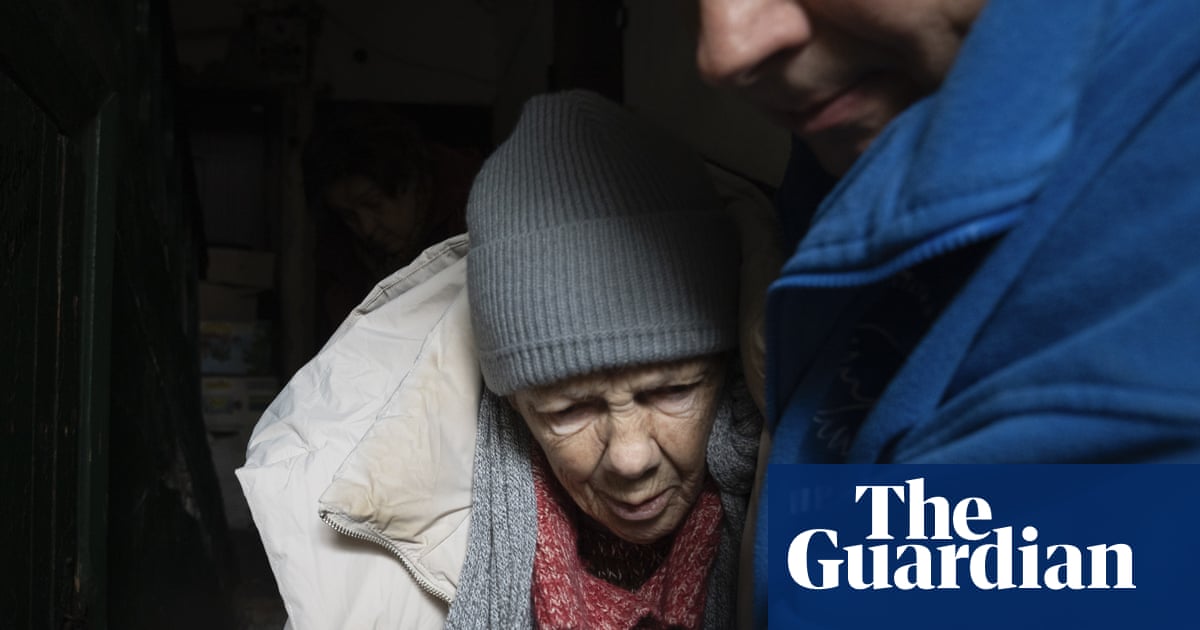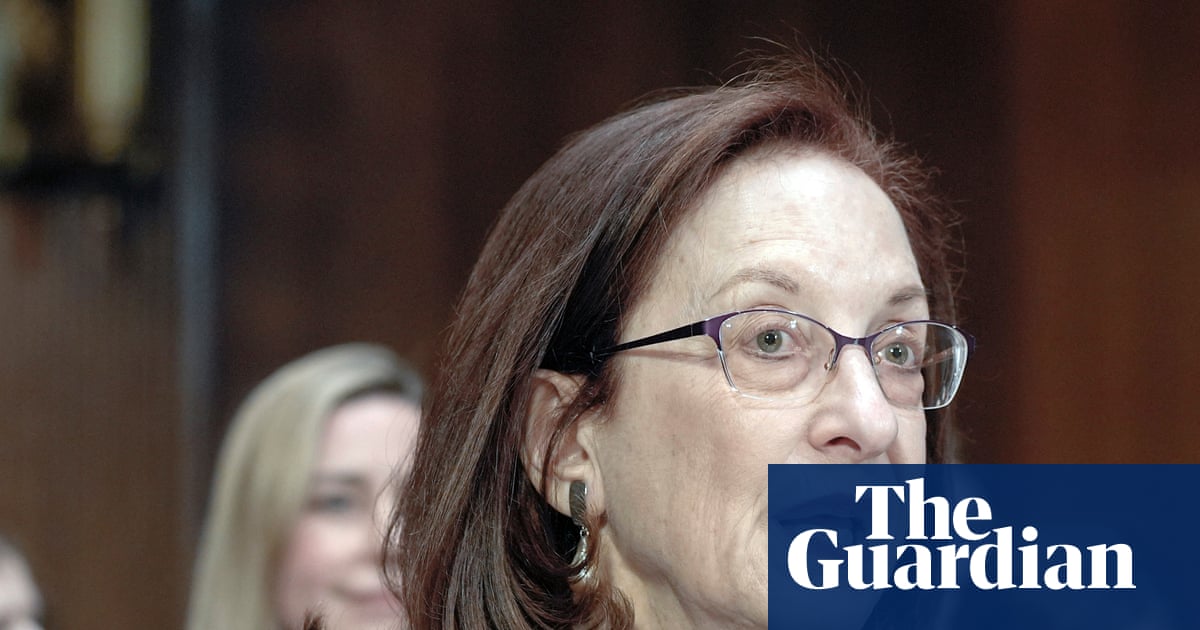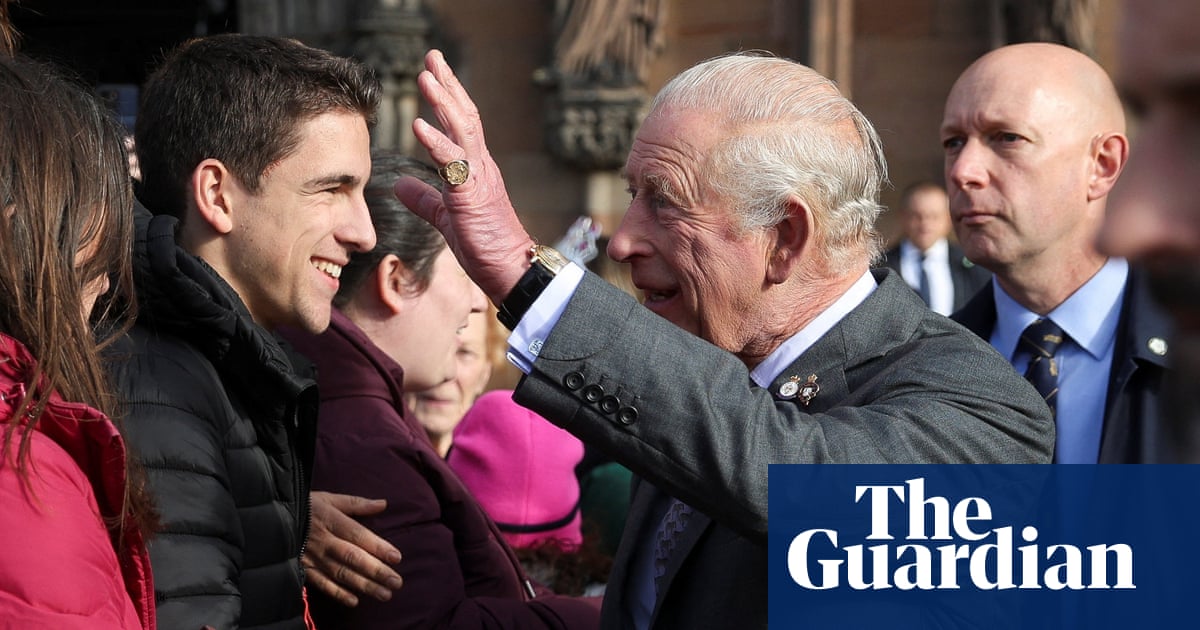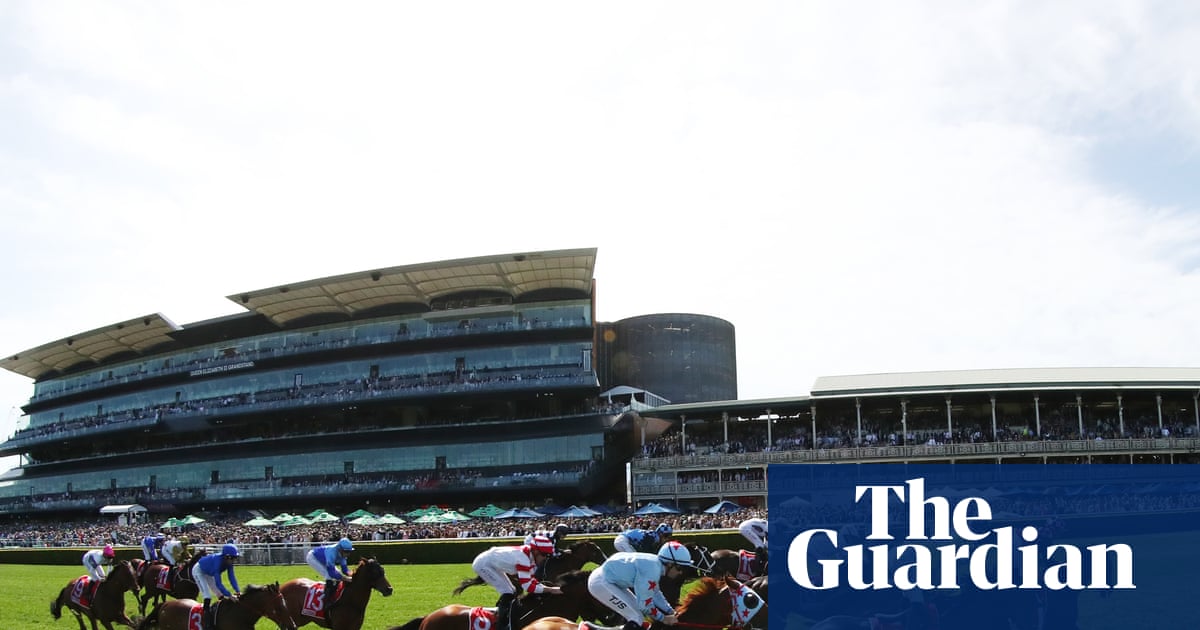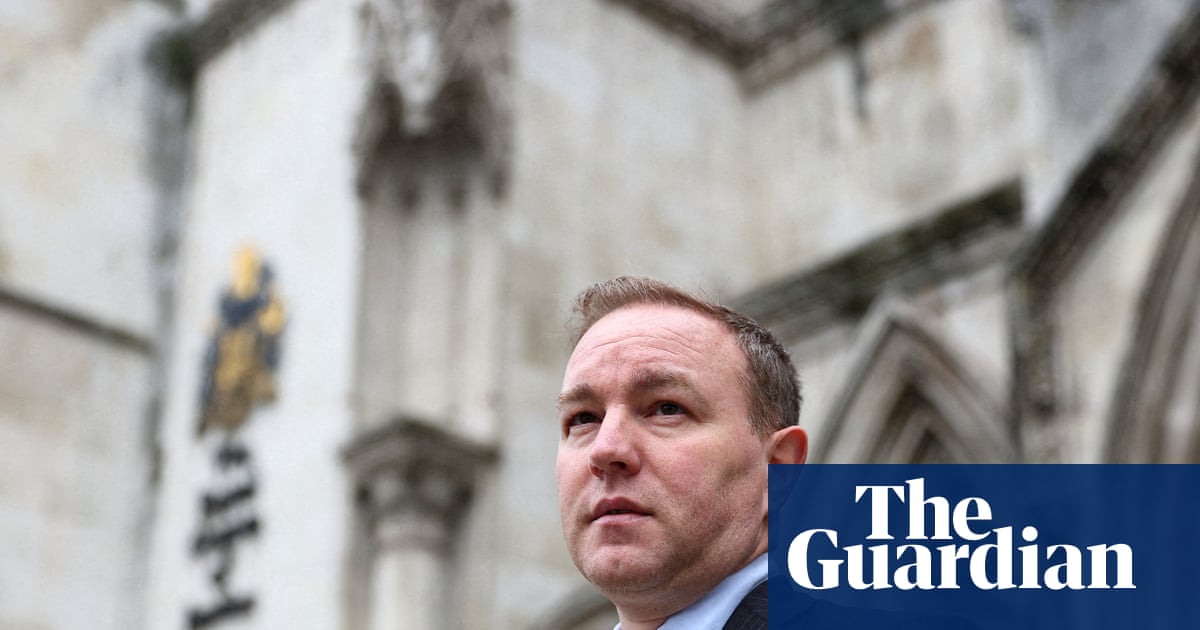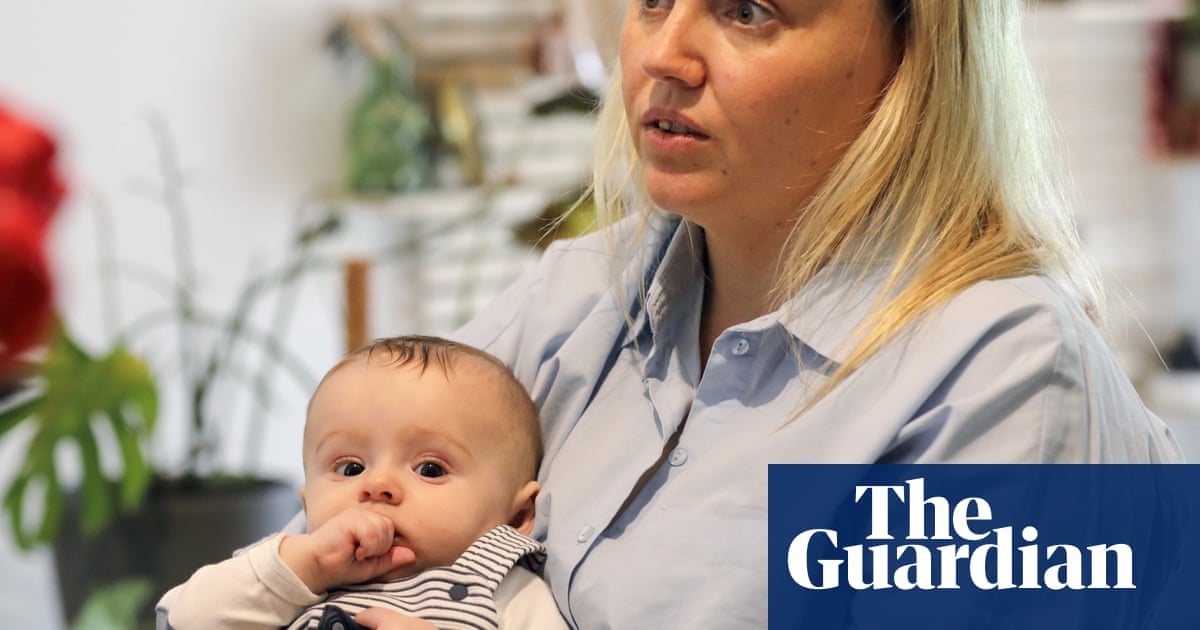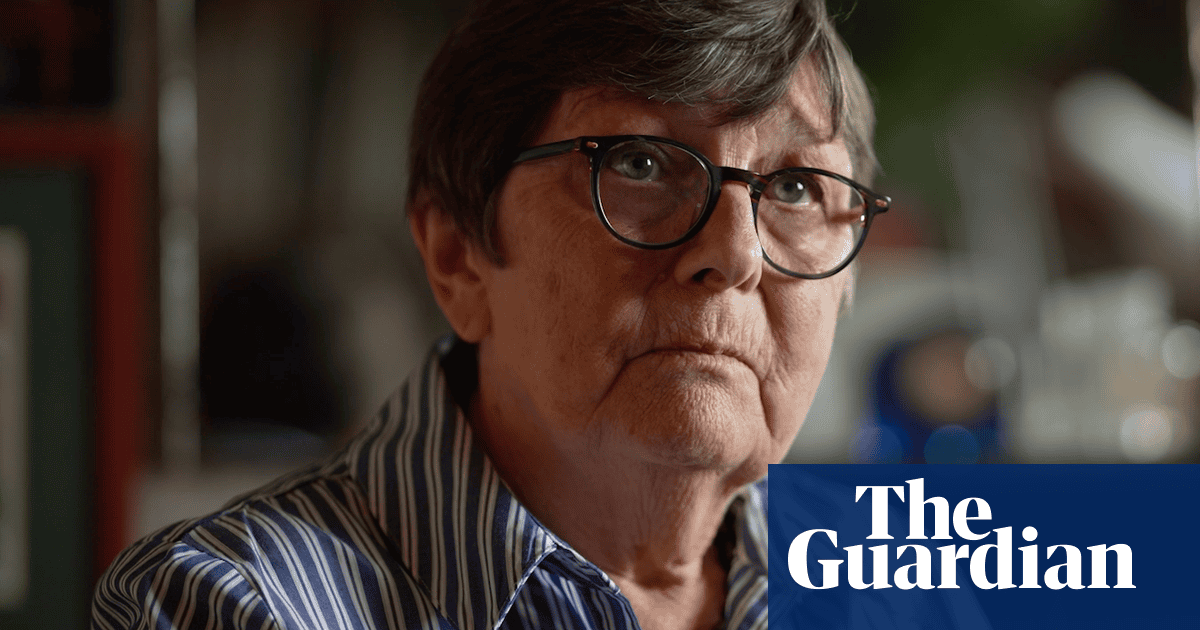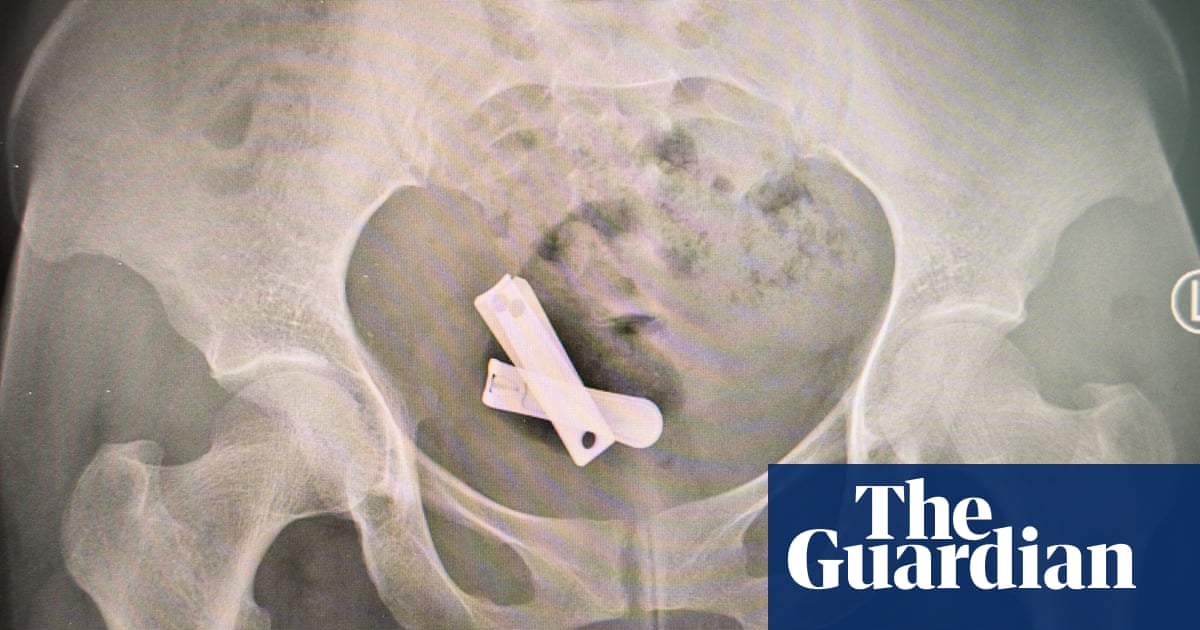The MP for Hastings and Rye has called on the British Museum to let the Bayeux tapestry spend time in “1066 country” when it comes to the UK, and to ensure the region reaps the benefits of the “once-in-a-generation exhibition”.
The tapestry will return to the UK for the first time in more than 900 years as part of a landmark loan agreement announced by the prime minister, Keir Starmer, and the French president, Emmanuel Macron.
The 70-metre embroidered cloth, which depicts the 1066 Norman invasion and Battle of Hastings, will go on display at the British Museum from September next year.
The Labour MP Helena Dollimore said it would be a “great shame” if 1066 country – the area named after the battle – was locked out of “this national moment”.
“Obviously, the practicalities and logistics would need to be looked at by experts, but our area is such an integral part of this tapestry that we must be included,” she said.
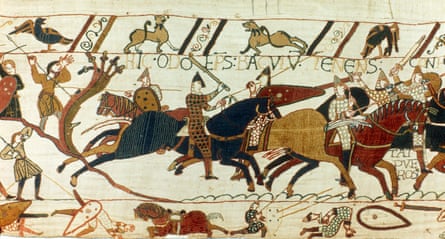
In a letter to the British Museum chair, George Osborne, co-signed by the TV historian Dan Snow, Dollimore urged the museum to consult with French experts and curators to explore the viability of local English Heritage plans to take the tapestry to the south coast.
She also called on the museum to ensure every local child had the opportunity to visit the exhibition by reserving free tickets and helping with the cost of transport to London; reserve at least 1,066 tickets to the exhibition for people from Hastings and the surrounding area, and support efforts to promote the region to exhibition visitors.
after newsletter promotion
“Few works of art are as central to our island’s story as the Bayeux tapestry, which quite literally wove Hastings into the fabric of our national history,” the letter says.
“Although Hastings and the rest of 1066 Country has often been at the centre of historical events, it has not always felt the benefits of it. The Sutton Trust recently found that Hastings and Rye ranks among the bottom 10 areas in the country for social mobility. 63% of young people leave school without the basic qualifications in maths and English GCSE. Like many coastal communities, it has been left behind for too long.
“Why not return this iconic piece of our heritage to the very ground where it all began in 1066? Whilst we acknowledge that it is for experts to decide what is feasible, the Hastings area must play its rightful part in this national moment.”
Dollimore said there was a huge opportunity to bring tourists to the region.
“We’ve got Hastings Castle, We’ve got Battle Abbey, we’ve got Pevensey Castle over in Eastbourne, the 1066 walk. Other parts of the country make a big thing of their history. There’s loads of signage, there’s exhibitions. So there really is more we can do now that the nation’s attention is going to be turned to the tapestry.”
Sarah Broadbent, the chair of the 1066 Country tourism organisation, said she was confident the loan would spark people’s curiosity about the events depicted and the places where they happened.
“There are few dates as memorable, the Norman conquest was such a significant turning point in English history and we’re very proud to call ourselves 1066 Country,” she said.
“We’re not only rich in history but also in landscape, in heritage and in culture. We might be tucked away in the corner of the south-east but we pack a punch well above our weight in terms of the visitor experience … this is our chance to showcase everything we have to offer.”

 3 months ago
51
3 months ago
51

